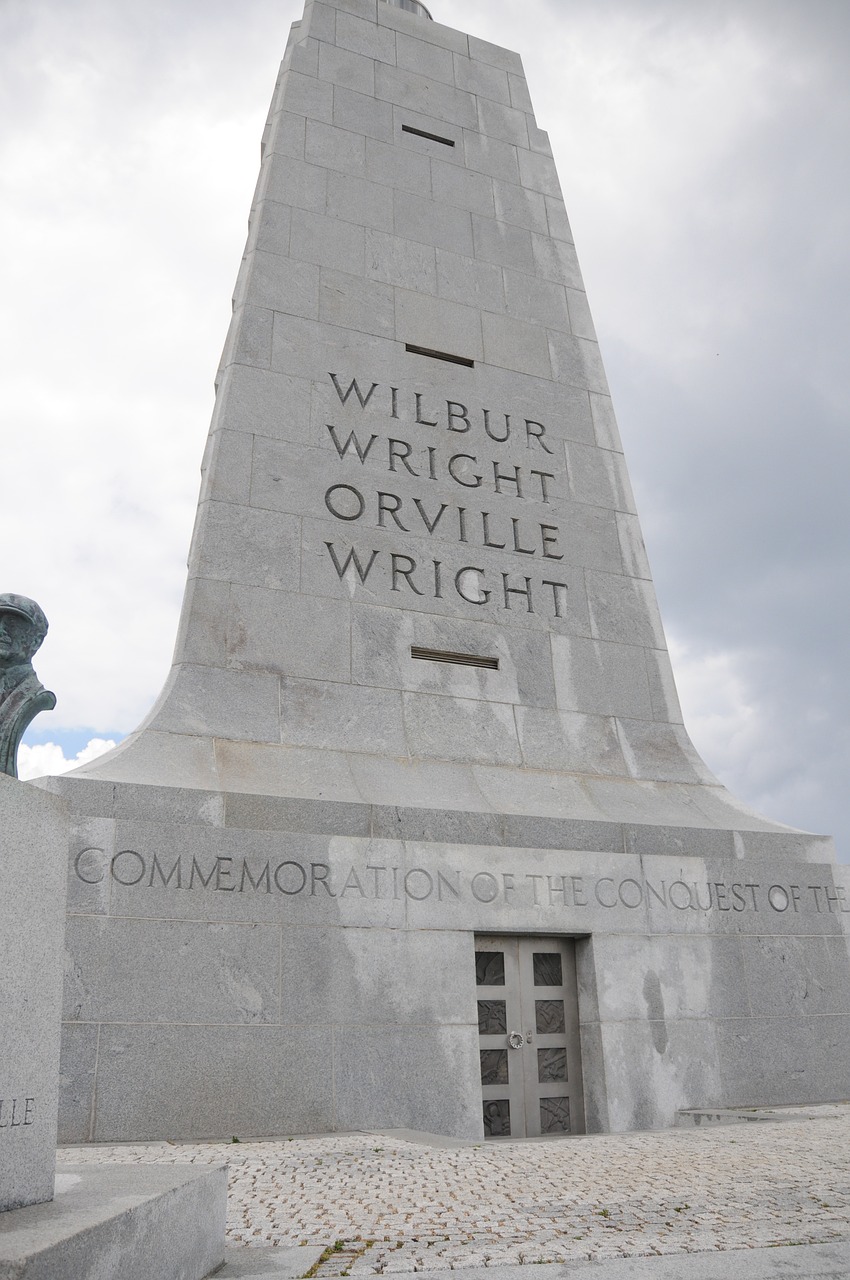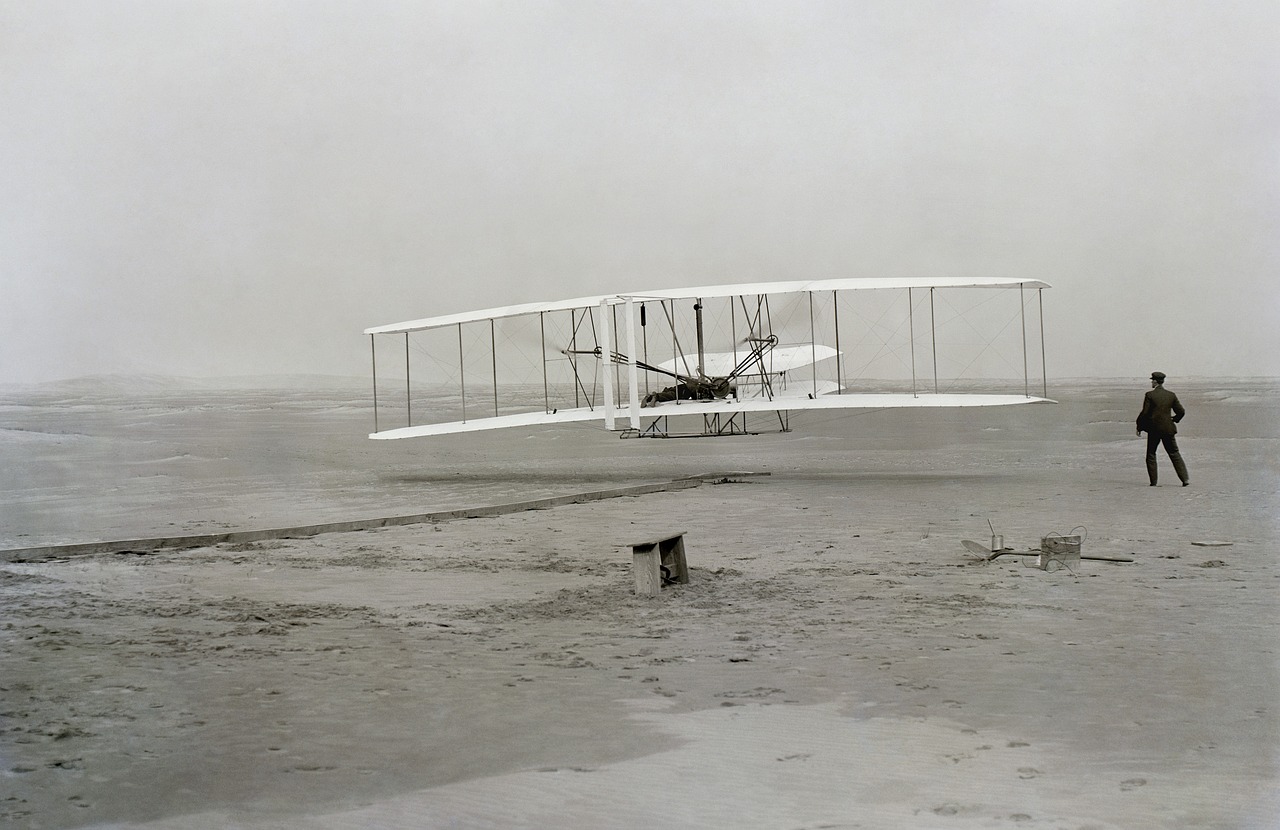

The Wright Brothers: Taking Flight and Revolutionizing Transportation
The Wright brothers, Orville and Wilbur, weren’t just inventors; they were pioneers who ushered in a new era of transportation with their successful creation of the first fully controllable airplane. Their journey, however, wasn’t a sudden eureka moment, but rather a culmination of years of meticulous research, experimentation, and unwavering determination.
A Passion for Flight Ignited:
The brothers’ fascination with flight began in their childhood, sparked by a toy helicopter gifted by their father. This early exposure ignited a lifelong passion for understanding the principles of flight. As teenagers, they devoured books on aeronautics and gliders, constantly seeking knowledge and inspiration.
Learning from Others’ Failures:
Unlike many inventors of the time, the Wright brothers didn’t simply rely on existing theories. They meticulously studied the works of prominent figures like Otto Lilienthal, a German aviation pioneer, but also recognized the limitations of their designs. Many early attempts at flying machines focused on copying birds, which the Wright brothers believed wasn’t the most effective approach.
Building a Better Wing:
Through their own research and experimentation, the Wright brothers focused on developing a system for controlling the aircraft’s movement, a crucial element missing in previous designs. Their breakthrough innovation was the invention of “wing warping.” This system allowed the pilot to twist the wings slightly, creating a difference in lift between the two sides and enabling the aircraft to roll and steer.

Gliders: Taking to the Skies Without Power:
Before attempting powered flight, the Wright brothers honed their skills and tested their theories with gliders. They built and flew a series of gliders between 1900 and 1902, each iteration incorporating improvements based on their experiences. Kitty Hawk, North Carolina, with its consistent winds and rolling sand dunes, became their testing ground, a place where they could experiment and refine their designs in relative seclusion.
Powering Up: The Wright Flyer is Born:
By 1903, the Wright brothers were confident in their control system and glider design. The next step was incorporating a small gasoline engine to achieve powered flight. They built a lightweight engine specifically designed for their aircraft,christened the Wright Flyer.
The Historic Flight: December 17, 1903:
On December 17, 1903, at Kitty Hawk, the Wright brothers made history. With Orville at the controls, the Wright Flyer lifted off the ground, achieved controlled flight for 12 seconds, and covered a distance of 120 feet (36 meters). This wasn’t a long or impressive flight by modern standards, but it marked a pivotal moment in human history. The Wright brothers had successfully achieved the dream of powered, controlled flight for the first time.
A Long Road to Recognition:
Despite their success, gaining recognition for their invention proved challenging. Initially met with skepticism, the Wright brothers carefully guarded their invention, avoiding public demonstrations until they secured patents. However, news eventually spread, and over time, their accomplishment gained international recognition.
A Legacy that Soared:
The Wright brothers’ invention revolutionized transportation. Their pioneering work paved the way for the development of airplanes that would change the world. From commercial aviation to military applications, the invention of the airplane continues to impact our lives in countless ways.
Beyond the Invention:
The Wright brothers’ legacy extends beyond their invention. They were not just inventors, but also methodical researchers, skilled engineers, and resourceful problem solvers. Their dedication to experimentation, their focus on control, and their unwavering belief in their vision continue to inspire generations of inventors and dreamers everywhere.

Conclusion
In conclusion, The Wright Brothers are pivotal to the Aviation Industry. In this article, we discuss their propelling force which led up to the invention of the flight.
And we also look at their legacy afterwards.







